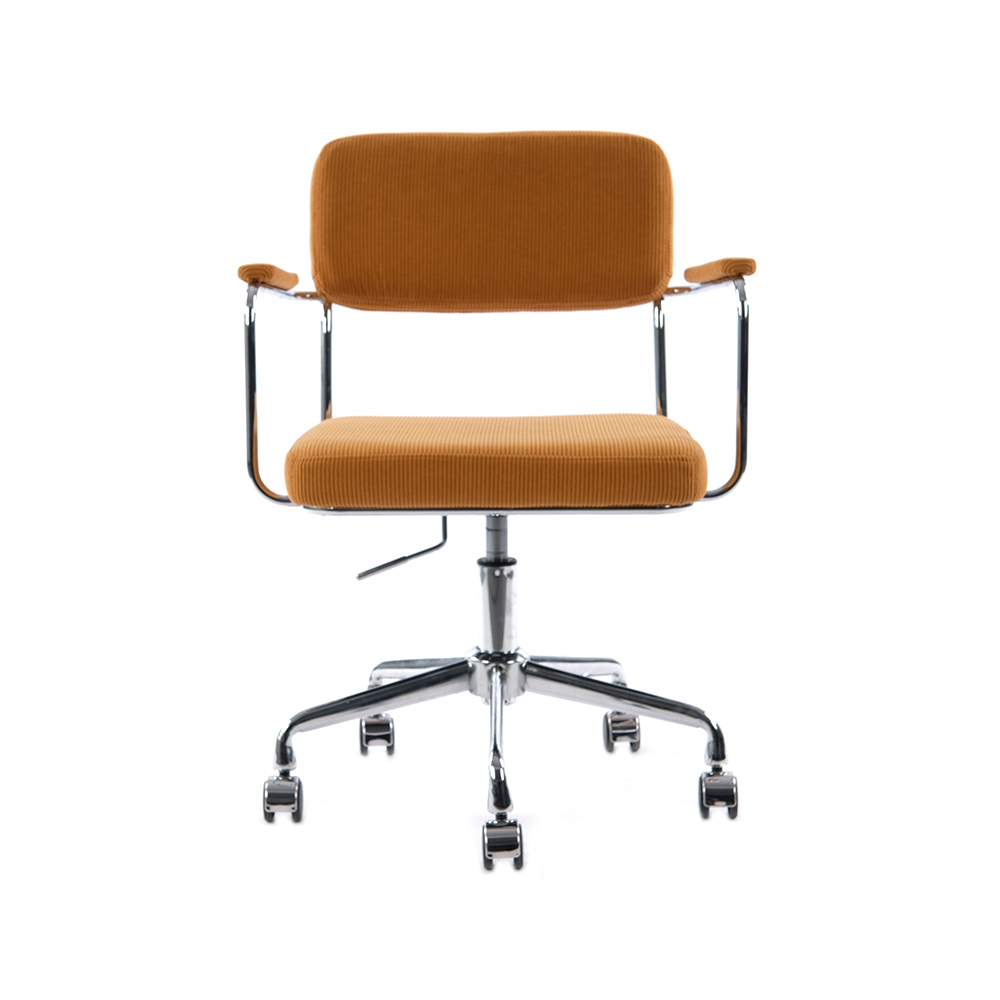+86-0572-5888031
What is the relationship between the comfort of office chair and ergonomic design?
 2025.04.18
2025.04.18
 Industry News
Industry News
There is a close relationship between the comfort of office chairs and ergonomic design, which is designed to maximize the comfort and health of long-term sitting. Here are a few key points about the relationship between them:
Ergonomic design focuses on the curvature and structural design of the chair back, so that it can better support the natural curve of the human spine. For example, the lumbar support (lumbar support) design can effectively relieve the pressure on the waist when sitting for a long time and reduce fatigue. The curvature of the chair back matches the natural curve of the spine, helping to maintain the natural curvature of the sitting posture and avoid back fatigue or pain caused by improper sitting posture.
Ergonomic chairs are usually equipped with multiple adjustable functions, including seat height, armrest height, chair back tilt angle, lumbar support, etc. These adjustment functions allow the chair to be adjusted according to different body shapes, heights and sitting posture requirements, thereby providing a personalized comfort experience. Everyone's body shape and sitting posture are different, and ergonomic design achieves maximum comfort through these adjustabilities.
Without a reasonable ergonomic design, sitting for a long time can easily lead to incorrect sitting posture, such as hunchback, forward leaning, etc., which can cause muscle strain in the neck, shoulders, waist and other parts. Ergonomic design encourages users to maintain a correct sitting posture and reduce excessive muscle tension and strain through the optimized design of the chair back, armrests and seat cushions. For example, the tilt function of the backrest can help users adjust the tilt angle of the body, reduce the pressure on the lower back, and promote natural relaxation of the spine.
A good ergonomic chair not only provides support, but also takes into account the problem of blood circulation in various parts of the body when sitting for a long time. For example, the design of the seat will avoid excessive pressure points, such as compression on the thighs, which can keep the blood flowing smoothly and reduce numbness or soreness in the legs. Modern ergonomic chairs often use materials with good breathability to avoid the stuffiness caused by long-term sitting and further improve comfort.

Sitting on an unsuitable chair for a long time can easily reduce people's attention and concentration, because discomfort and fatigue will constantly interrupt work. Ergonomic design optimizes the comfort of the chair and reduces the distractions caused by discomfort, allowing users to maintain higher concentration and work efficiency. A comfortable sitting posture can reduce adverse external influences and help people complete their work more effectively.
Long-term improper sitting posture may lead to a series of health problems, such as lumbar disc herniation, cervical spondylosis, scoliosis, etc. Ergonomic chairs help reduce these health risks by supporting correct sitting posture, adjusting angles, relieving pressure, and other measures. Especially for people who need to sit at a desk for a long time, ergonomic design can effectively prevent and alleviate health problems caused by improper sitting posture.
The cushion design of ergonomic chairs often chooses materials such as high-density sponge or memory foam to provide uniform support, avoid local pressure points, and improve comfort. Memory foam material can provide personalized support according to the weight and shape of the human body, reducing the pain caused by chair discomfort. A well-designed cushion can not only provide a comfortable sitting feeling, but also relieve fatigue caused by long-term sitting.
The goal of ergonomic design is to ensure that the office chair can adapt to the physiological needs of the human body to the greatest extent and provide the best comfort through scientific structure and adjustment functions. This is not only about sitting comfortably, but also about avoiding various health problems caused by sitting for a long time, thereby improving the overall work experience and efficiency. Therefore, the comfort of the office chair is directly affected by ergonomic design, and the two are closely related.

 English
English عربى
عربى Español
Español 中文简体
中文简体















